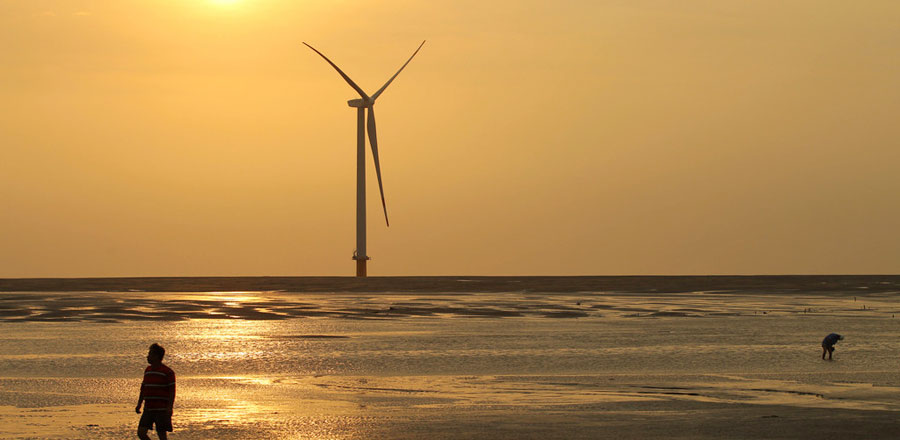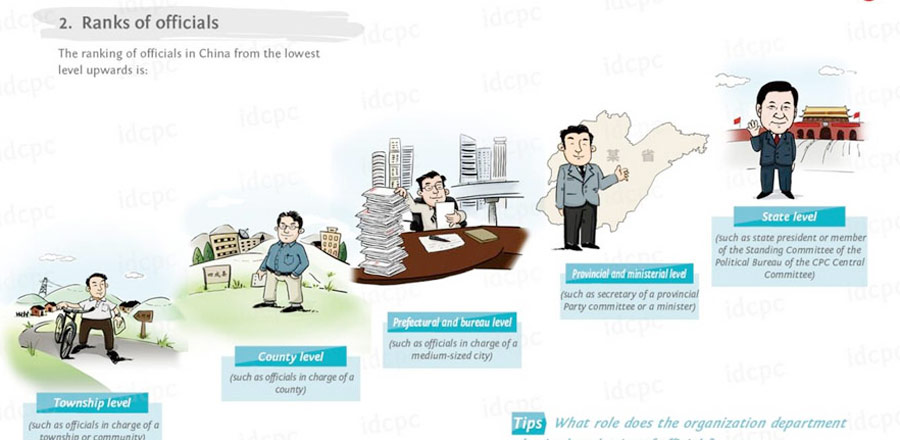
Second, it is also necessary to establish natural "sponges" by preserving more green areas to enhance the capability of cities to absorb water. For the same purpose, more rain-collection and direction channels should be installed in communities so as to make sure rainfall goes underground.
These flood-prevention measures can be combined with the ongoing process of smart city construction. By utilizing satellites, cameras, various sensors that collect information and telecommunication technology that can transmit information to a command center, the city authorities can build a smart pipe network that adjusts according to drainage requirements.
With the help of modern technology, it is now possible to do more precise weather forecasts for small areas within a short time range. Such forecasts should support an effective flood warning system.
Some soft measures are as important as the above-mentioned hard ones. For example, the authorities can raise the awareness of residents about how to stay safe in the event of a flood.
Various departments of the government also need to better coordinate with each other, so that when a flood does occur, they can react in a timely manner to prevent it from doing too much damage. The government can also encourage social organizations and volunteers to help in the event of a flood.
Floods will occur, but we can try and minimize the damage they cause to property and life. That requires not only technology and investment, but also coordination between government departments and various social forces.
The author is head of and a senior researcher at the Planning Institute of the China Center for Urban Development.













